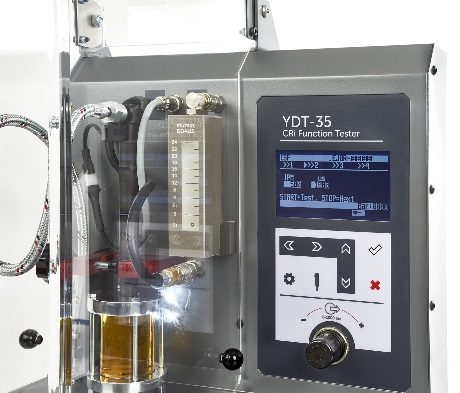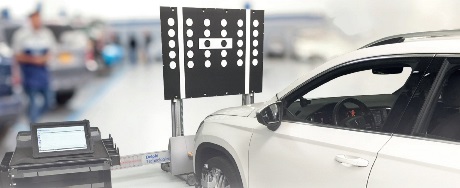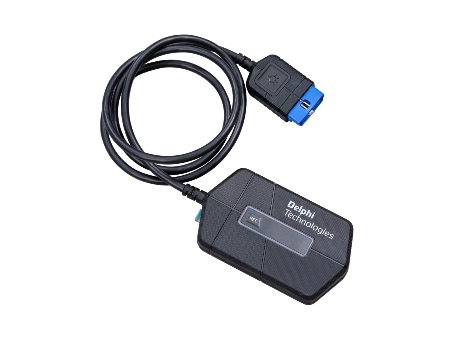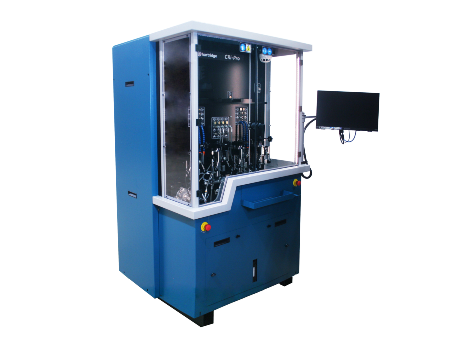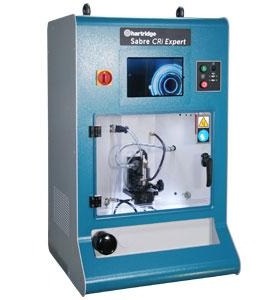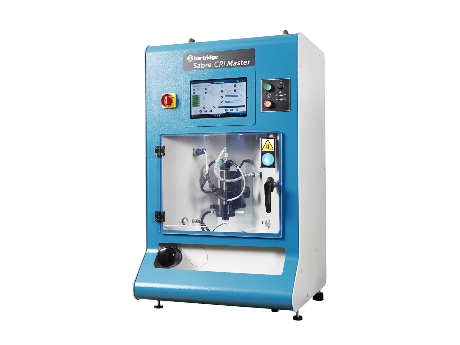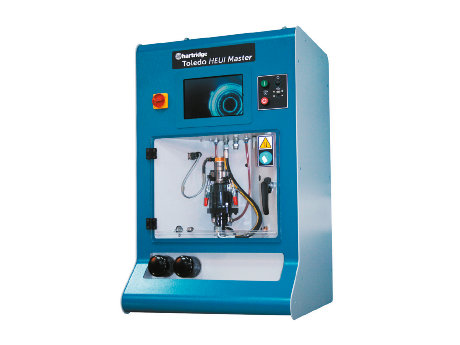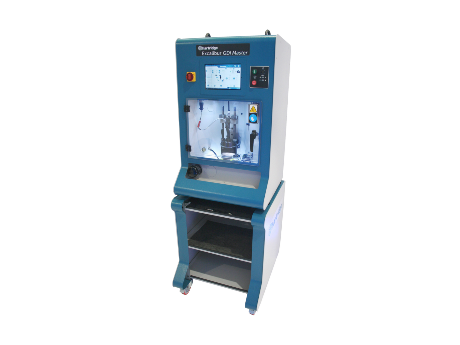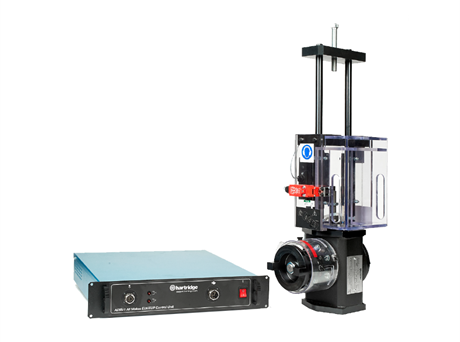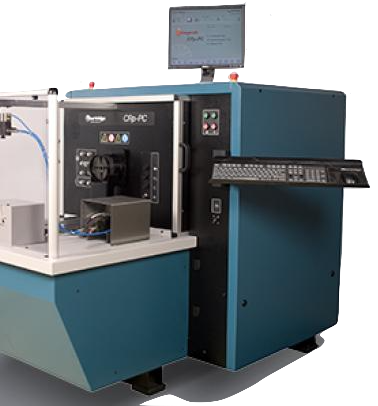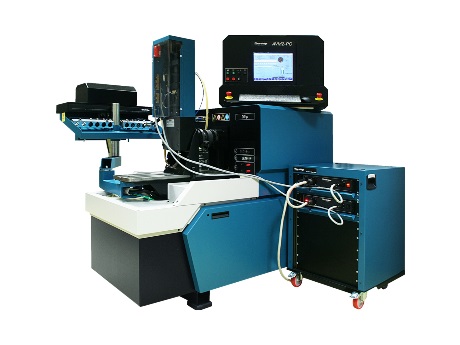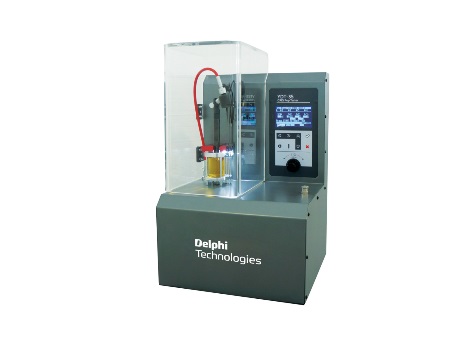CRi-PC
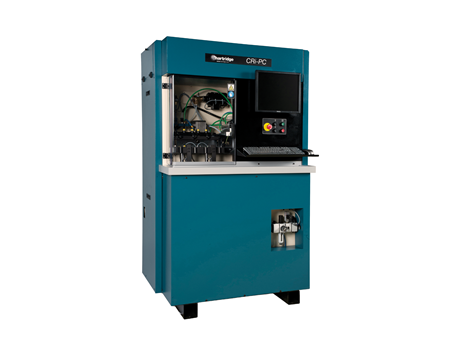
The Delphi Difference
-
100 years of OE experience, supplier to the world’s top automakers
-
OE heritage and knowledge built into every aftermarket part
-
Comprehensive portfolio for a wide range of vehicles and model years
-
Streamlined SKUs for easy inventory management
-
Support through tools, tips and training

Related product resources and downloads
.tmb-1920w.jpg?Culture=en-GB&sfvrsn=26ddb08c_10)
Resource Highlights
In this article, you will find out about the Common Rail High Pressure Pipes replacement
When working on a Common Rail system, there are numerous ‘best practices’ which ensure that the best level of cleanliness, safety and quality of repair is maintained for the repairer and the end user of the vehicle.
Any Common Rail high pressure pipe must be replaced with a new one each time there is a system intervention that requires the removal of a pipe – a system intervention can involve diagnostics (H3PI / Sealed Rail Kit) and repairs of the system.
There are typically 5 or 6 high pressure pipes to each Common Rail system. One connects the HP pump to the rail assembly and 4 or 5 HP pipes connect the rail to the injectors. Whenever one of these pipes is first fitted, the pipe cone deforms to mate precisely to the connector seat when the nut is tightened, creating a tight seal.
Once the pipe has been removed from this connection, it cannot be guaranteed that this tight seal will be maintained if the same pipe is refitted. The high pressure pipe should only be fitted once.
Due to the high pressures inherent within Common Rail systems (up to 1800 bar), there are numerous precautionary measures which all help to avoid leakage - replacing the high pressure pipe is one such measure. A leakage at these high pressures can have serious consequences, including fire inside or outside the vehicle, loss of braking or control, etc.
There is also the risk of system pollution if the seal between pipe and connector seat is not perfect. Any pollution within the Common Rail system could cause poor injector performance, including the injector seizing, and in extreme cases can result in complete system breakdown.
All Delphi Workshop manuals emphasise these risks, and provide the statement:
REPLACE HIGH PRESSURE PIPES EACH TIME THEY ARE REMOVED.
THE NEW PIPE MUST BE TIGHTENED AT THE CORRECT TORQUE VALUE WITH A TORQUE WRENCH. REFER TO THE RELEVANT WORKSHOP MANUAL.

Visit our Technician Library for access to Documents and Downloads
Get in touch
The full Delphi Hartridge product range
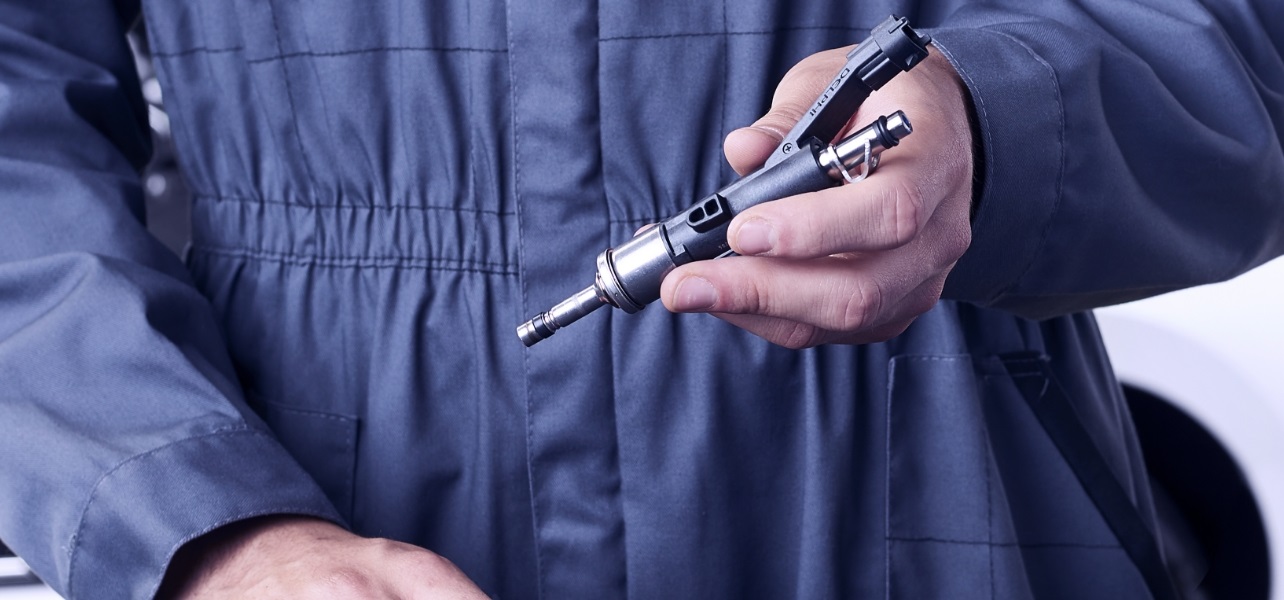
Find out where to buy Delphi parts

